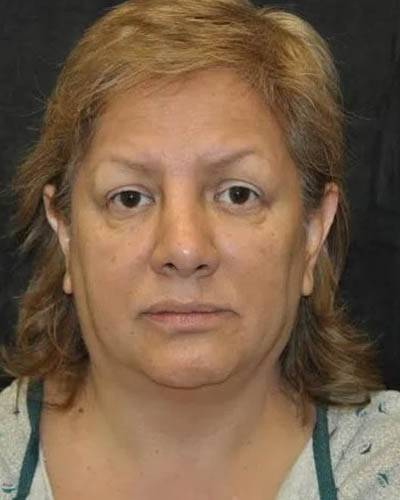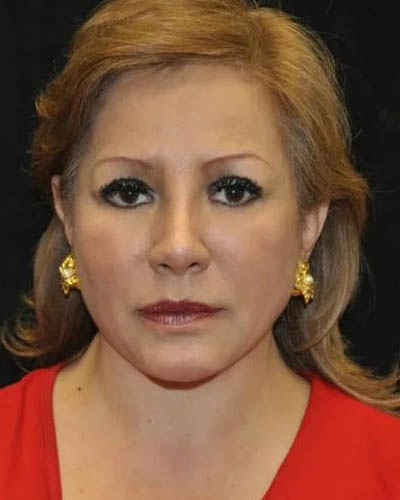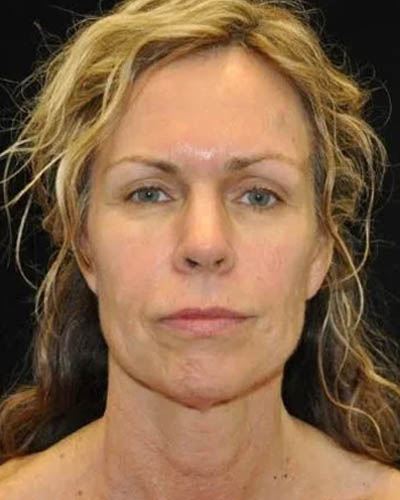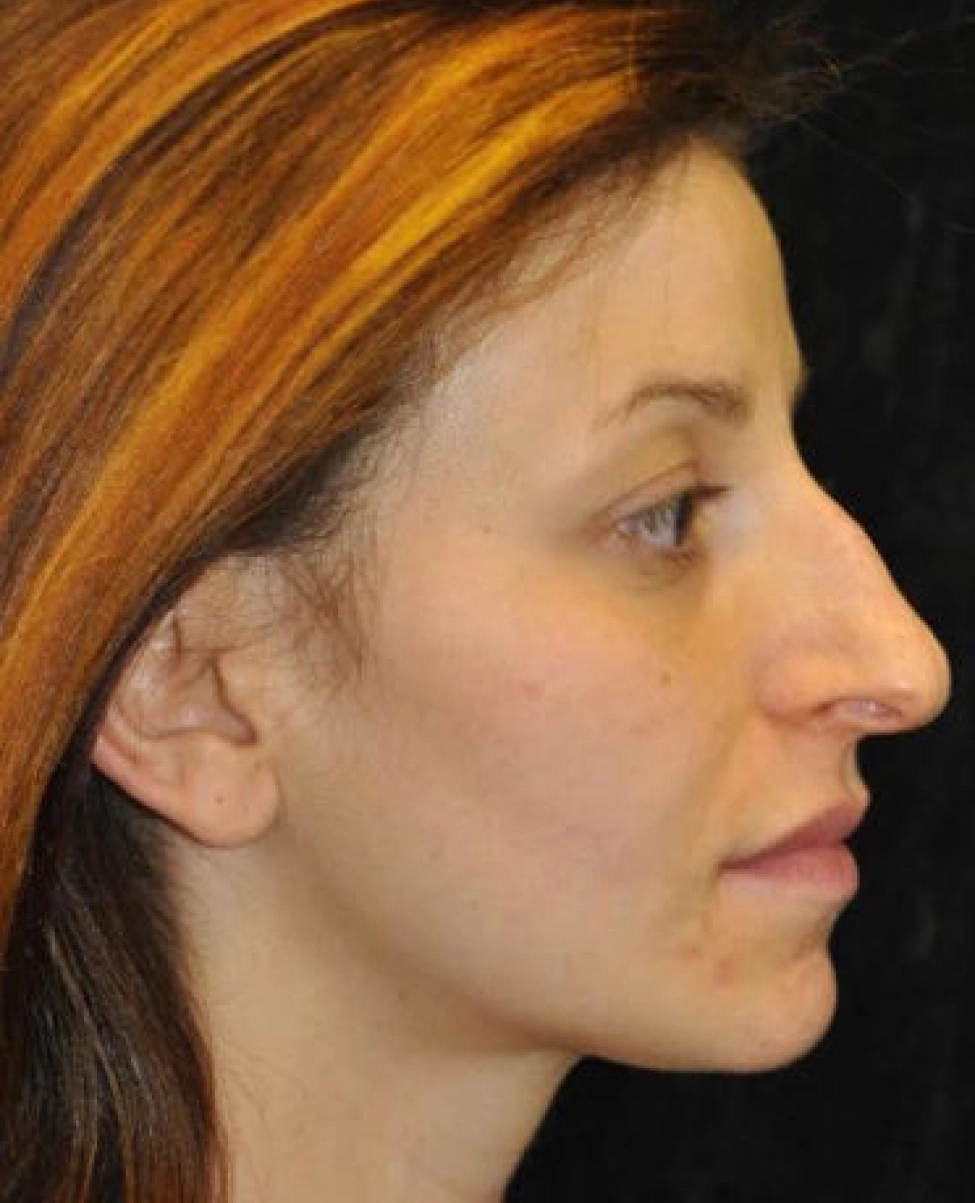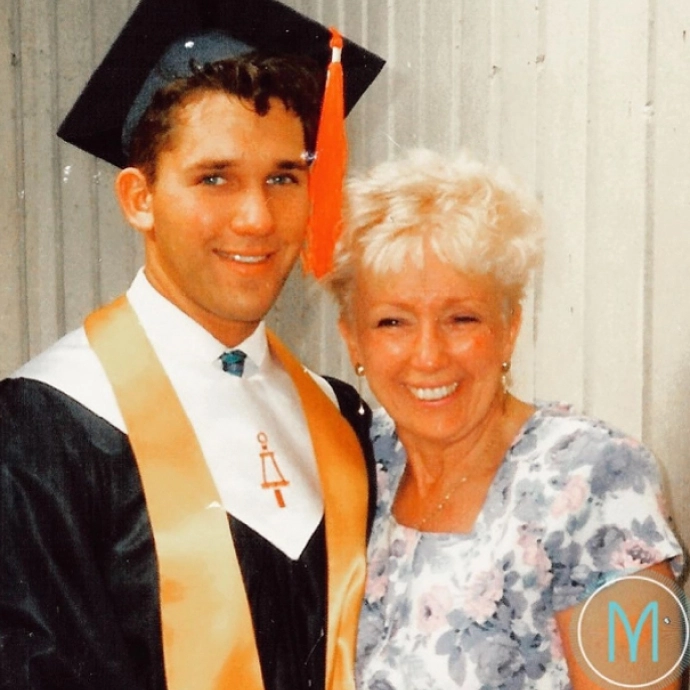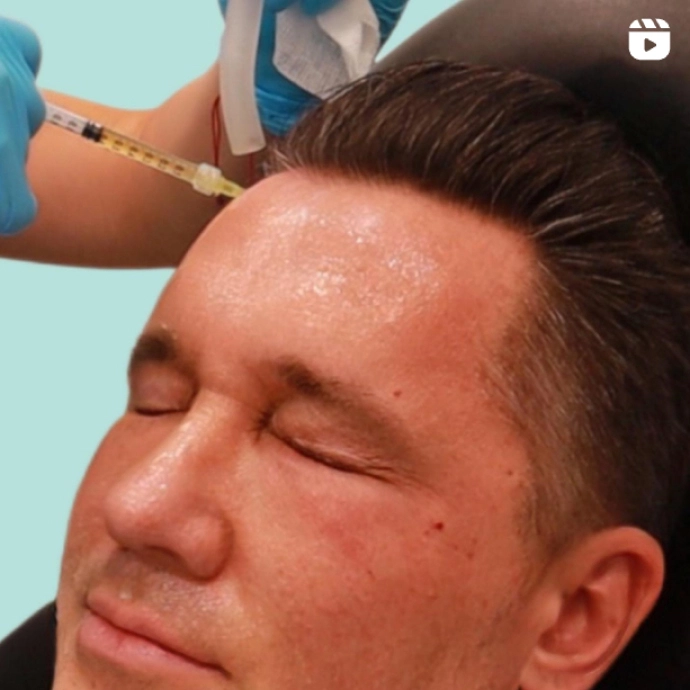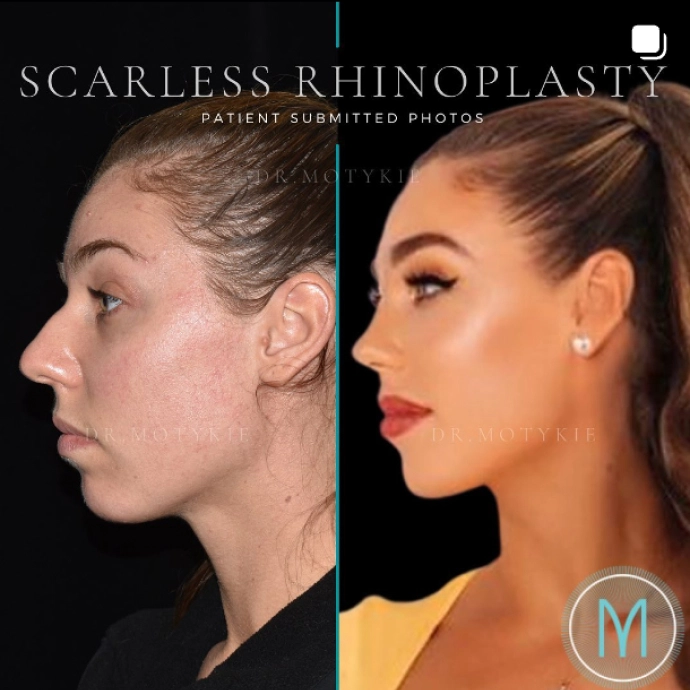- Face
- Breast
- Body
- Injectables
- Skin
- Celluma Led Light Therapy
- Chemical Peels
- Hydrafacial
- IPL Photofacial
- Laser Hair Removal
- Laser Skin Resurfacing (Laser Genesis)
- Medical Grade Facials
- Morpheus8
- Microneedling
- PRFM / PRP (EZ Gel)
- RF BTL Exilis
- Spider Veins & Vascular Leisons+ (ExcelV)
- Sun & Brown Spot Removal
- Stem Cell Facelift
- Thread Lifts
- Anti-Aging
- Hair
- About
- Locations
- Gallery
- Resources
- Consultation
 Undergoing a tummy tuck, also known as abdominoplasty, is a significant decision that involves both physical and emotional preparation. For those considering this procedure, understanding the recovery process is crucial to set realistic expectations and ensure a smooth healing journey. This blog post aims to guide you through the different stages of tummy tuck recovery, highlighting what to expect and how to best support your body during this transformative period. Board-certified plastic surgeon Dr. Gary Motykie performs tummy tuck for patients in Beverly Hills, West Hollywood, Los Angeles, and surrounding locations.
Undergoing a tummy tuck, also known as abdominoplasty, is a significant decision that involves both physical and emotional preparation. For those considering this procedure, understanding the recovery process is crucial to set realistic expectations and ensure a smooth healing journey. This blog post aims to guide you through the different stages of tummy tuck recovery, highlighting what to expect and how to best support your body during this transformative period. Board-certified plastic surgeon Dr. Gary Motykie performs tummy tuck for patients in Beverly Hills, West Hollywood, Los Angeles, and surrounding locations.
What to Expect Immediately After Surgery
Immediately after your tummy tuck, you’ll be moved to a recovery room where medical staff will closely monitor you as you wake up from anesthesia. It’s common to feel groggy and to experience some discomfort, but this is typically managed with prescribed pain medication. Swelling and bruising are to be expected, and you’ll notice that the surgical area is bandaged. Drains may be inserted to prevent fluid buildup, a standard practice to aid in the healing process. You’ll also be encouraged to start moving around as soon as possible, which helps promote circulation and reduce the risk of blood clots. Though you might feel a bit overwhelmed during these initial hours, these effects will gradually improve with time and proper care.
The First Week of Recovery
The first week post-surgery is often the most challenging. You’ll likely experience a significant amount of swelling and tightness in the abdominal area. It’s crucial to follow your surgeon’s instructions carefully, which often include wearing a compression garment to minimize swelling and support your abdomen. During this period, refrain from strenuous activities and get plenty of rest. Short, gentle walks are encouraged to enhance circulation and aid in the healing process.
Sleeping in an elevated position can help reduce swelling and discomfort. Make sure to take prescribed pain medications as directed to manage any discomfort effectively. Keep an eye on the surgical site for any signs of infection, such as increased redness, warmth, or unusual discharge, and contact your surgeon immediately if you notice anything concerning.
You might need assistance with daily activities, so having a friend or family member nearby can be very helpful. Simple tasks like showering, dressing, and preparing meals may require some help. It’s also important to stay hydrated and maintain a balanced diet to support your body’s recovery.
Attending follow-up appointments with your surgeon during this week is essential for monitoring your progress and addressing any concerns that may arise. These appointments also provide an opportunity to discuss any issues you’re experiencing and to receive further guidance on your recovery process.
While it may be tempting to check the results of your tummy tuck frequently, keep in mind that the initial swelling and bruising will mask the final outcome. Patience is key during this phase, as your body needs time to heal and adjust. Following your surgeon’s post-operative care instructions will help ensure a smoother recovery.
Weeks Two to Four: Gradual Improvements
As you transition into the second and third weeks post-tummy tuck, you’ll start to see noticeable improvements. Swelling and bruising will begin to diminish, and your mobility will gradually return. Many patients find they can return to work around the two-week mark, provided their job doesn’t require heavy lifting or strenuous activity. You can slowly start to reintroduce light activities and household chores into your daily routine, but it’s important to continue avoiding heavy lifting and high-impact exercises during this period.
Maintaining a healthy diet and staying well-hydrated will play a crucial role in your recovery. Proper nutrition helps your body repair tissues and fight off infections. You might still need to wear your compression garment to help control swelling and support your healing abdomen.
Short, gentle walks are highly encouraged, as they promote circulation and can aid in reducing swelling. Just remember to listen to your body and rest as needed. Overexerting yourself can hinder the healing process and potentially cause complications.
Continue to monitor the surgical site for any signs of infection or other issues, and don’t hesitate to contact your surgeon if you notice anything unusual. Regular follow-up appointments with your surgeon will help track your progress and address any concerns you might have.
This period of recovery is crucial for setting the foundation for your long-term results. Taking care of your body and following your surgeon’s post-operative care instructions will ensure that you are on the right path to achieving the best possible outcome from your tummy tuck.
Managing Post-Operative Discomfort and Swelling
Managing discomfort and swelling after a tummy tuck is an essential part of the recovery journey. Adhering to your surgeon’s guidelines for pain management is crucial, which may involve taking prescribed medications or using over-the-counter options. To help alleviate swelling, try elevating your legs while resting and applying cold compresses to the affected area. These measures can significantly reduce discomfort and promote healing.
You might also be advised to continue wearing a compression garment for several weeks post-surgery. This garment not only helps control swelling but also provides support to the abdominal area, aiding in the overall recovery process. It’s essential to wear it as directed to maximize its benefits.
Staying hydrated and maintaining a balanced diet can also aid in managing swelling and discomfort. Proper nutrition helps your body heal more efficiently, making it easier to cope with post-operative symptoms. Gentle activities like short walks are encouraged to improve circulation and reduce the risk of complications such as blood clots, but avoid strenuous activities that could strain the surgical site.
Monitoring your progress is key. Keep an eye on the surgical area for any signs of infection or complications, and report anything unusual to your surgeon promptly. Regular follow-up appointments will allow your surgeon to assess your healing and provide additional recommendations tailored to your recovery needs.
Finally, remember that everyone’s recovery experience is unique. Listen to your body and give yourself the time needed to heal fully. Taking these steps can help manage post-operative discomfort and swelling effectively, setting you on the path to a smoother recovery.
Returning to Normal Activities
By the four to six-week mark, many patients feel ready to gradually resume their normal routine. During this period, your body will have made significant strides in healing, but it’s crucial to remain cautious. While light activities and daily tasks can be reintroduced, be mindful of any discomfort or unusual sensations.
If you’re looking to get back into exercise, start with low-impact options like walking or gentle swimming. These activities can help you ease back into a fitness regimen without putting undue stress on your healing abdomen. Always listen to your body and avoid any movements that cause strain or discomfort.
Before you fully dive back into more rigorous physical activities or workouts, consult with your surgeon. They can provide personalized recommendations based on your specific recovery progress and ensure it’s safe to advance to higher intensity exercises. Gradually increasing your activity level will help prevent any setbacks and support a smoother recovery.
For those whose jobs involve physical labor, it may be necessary to extend your recovery period before returning to work. Discuss any concerns with your surgeon to determine the best timeline for resuming more demanding tasks. It’s important to avoid heavy lifting and high-impact movements until you receive clear guidance from your medical team.
As you transition back to your regular activities, remember that patience and caution are key. Your body has undergone a significant procedure, and giving it ample time to fully heal will contribute to the best possible outcome. Maintain a balanced diet and stay hydrated to support your overall well-being and recovery.
Long-Term Care and Maintaining Results
Maintaining the results of your tummy tuck requires a commitment to long-term care and healthy habits. Your abdomen’s new contoured look can be preserved by integrating a nutritious diet and consistent exercise into your routine. Focus on balanced meals rich in vitamins and proteins to support overall health and skin elasticity.
Physical activity plays a crucial role in sustaining your results. Incorporate a mix of cardiovascular exercises, strength training, and flexibility workouts to keep your body in shape and your muscles toned. However, avoid high-impact activities that may strain the abdominal area unless cleared by your surgeon.
Routine follow-up appointments with your surgeon are essential for monitoring your recovery and ensuring that your results remain optimal. These visits provide an opportunity to address any concerns and receive tailored advice on maintaining your new look.
Additionally, be mindful of significant weight fluctuations and avoid situations that could lead to drastic changes in your body shape. Maintaining a stable weight is key to ensuring the longevity of your tummy tuck results.
Proper skin care can also make a difference. Keep your skin hydrated and use creams or oils to maintain its elasticity and smooth appearance. Protecting your skin from excessive sun exposure will help prevent discoloration and other sun-related damage.
Remember, your tummy tuck is a significant investment in your appearance and well-being. By embracing a healthy lifestyle and following your surgeon’s recommendations, you can enjoy the benefits of your tummy tuck for many years to come.
Contact Beverly Hills Board Certified Plastic Surgeon Dr. Gary Motykie to Schedule a Consultation
Click Here for Virtual Consultation
Click Here to Schedule a In Office Consultation
To see more services and treatments provided by Board Certified Plastic Surgeon, Dr. Motykie in Beverly Hills | Los Angeles | West Hollywood, CA and his team please visit:
